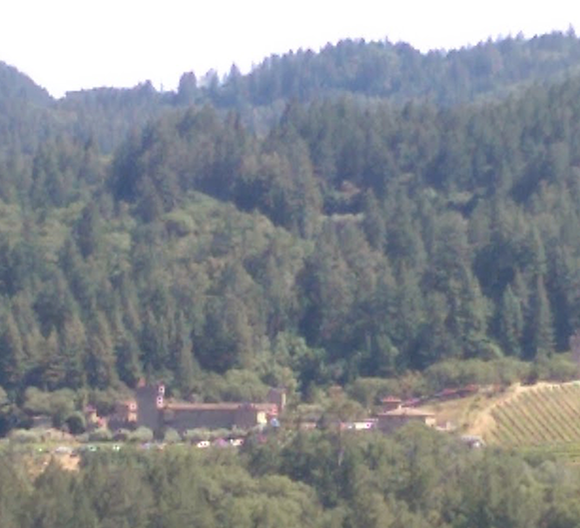No products in the cart.
Iceland
Icecaps and glaciers, spouting geysers and steaming solfataras, volcanoes, raging rivers and magnificent waterfalls, clusters of puffins and razorbills, and cavorting whales just offshore—it’s all just another day in Iceland. This country’s many geological wonders have brought a tourism boom, with most first-time visitors driving the Golden Circle Route through the southwest. But lively Reykjavik has plenty of man-made attractions, too, including the magestic Hallgrimskirkja church and a music scene that doesn’t quit. Geothermal baths are also a major draw, such as the mineral-rich Blue Lagoon.
Things to see and do in Iceland
Some things that are worth trying out:
Place to Eat
Typical costs when traveling
Accommodation:
- Budget: Hostels and guesthouses can cost between $25 and $50 per night.
- Mid-range: Expect to pay between $60 and $150 per night for hotels or Airbnbs.
- Luxury: High-end hotels and resorts can cost $350 or more per night.
Food:
- Budget: Eating out in restaurants can cost between $25 and $36 per meal, says Iceland Tours.
- Mid-range: Plan for $43 to $58 per meal, especially in high-end restaurants.
Transportation:
- Rental car: Expect to pay between $100 and $200 per day for a rental car.
- Taxis and public transportation: Taxis are expensive, but there are some public buses, especially in and around Reykjavik.
Do’s and Don’ts
In Iceland, it’s important to shower naked before entering any pools, lagoons, or hot tubs. Respect the natural environment by not littering and avoiding stepping on moss. Additionally, pack appropriate clothing and equipment for hiking and driving, and be mindful of the weather conditions.
Do’s:
- Travel Responsibly: Leave the country as pristine as you found it.
- Shower Naked: Before entering public pools, lagoons, or hot tubs.
- Respect Nature: Avoid stepping on moss and don’t disturb the natural environment.
- Pack Appropriately: Bring warm, waterproof clothing and footwear, especially if you’re hiking.
- Be Mindful of the Weather: Check weather forecasts and be prepared for sudden changes.
- Drink Tap Water: Iceland has excellent tap water and it’s safe to drink.
- Book in Advance: Especially for popular tours and accommodations.
Don’ts:
- Litter: Keep Iceland clean and pristine.
- Ignore Storm Warnings and Road Closures: Respect the weather and potential hazards.
- Ignore Local Rules: Be aware of local customs and etiquette, such as taking shoes off when entering someone’s home.
- Turn Your Back on the Water in Certain Areas: Be aware of sneaker waves and their potential dangers.
- Wear Jeans for Hiking: Opt for waterproof, breathable pants for comfort and warmth.
- Rely Solely on GPS: Have backup navigation tools and be aware of potential signal issues.
- Drive Off-Road or on Closed Roads: Stay on designated routes and follow traffic regulations.
- Try to Forcibly Cross Rivers in Subcompact Cars: Be aware of the dangers of fording rivers and use appropriate vehicles.
- Order Whale: Consider the sustainability of the whaling industry and choose alternative food options.


Leave a Reply